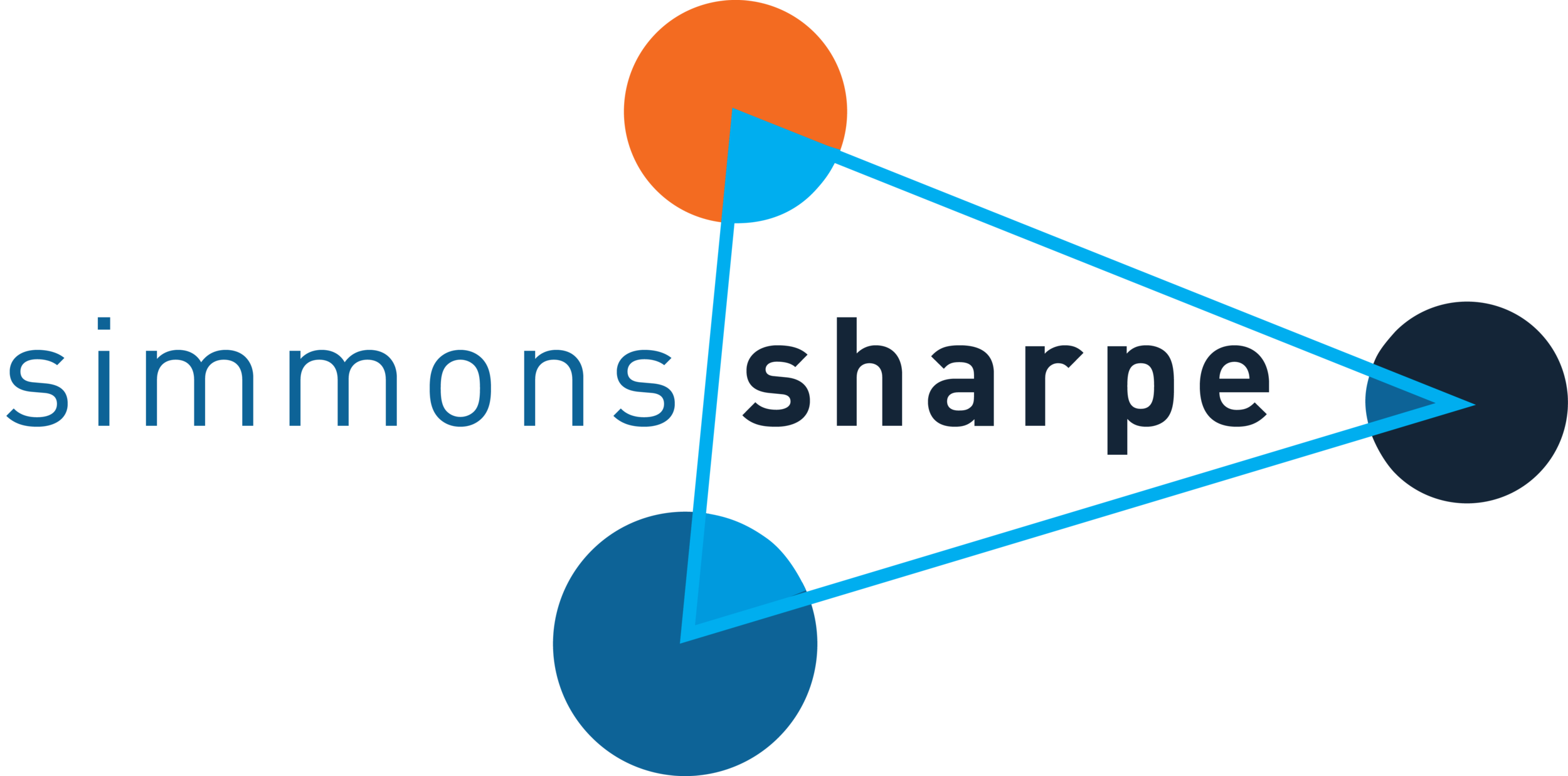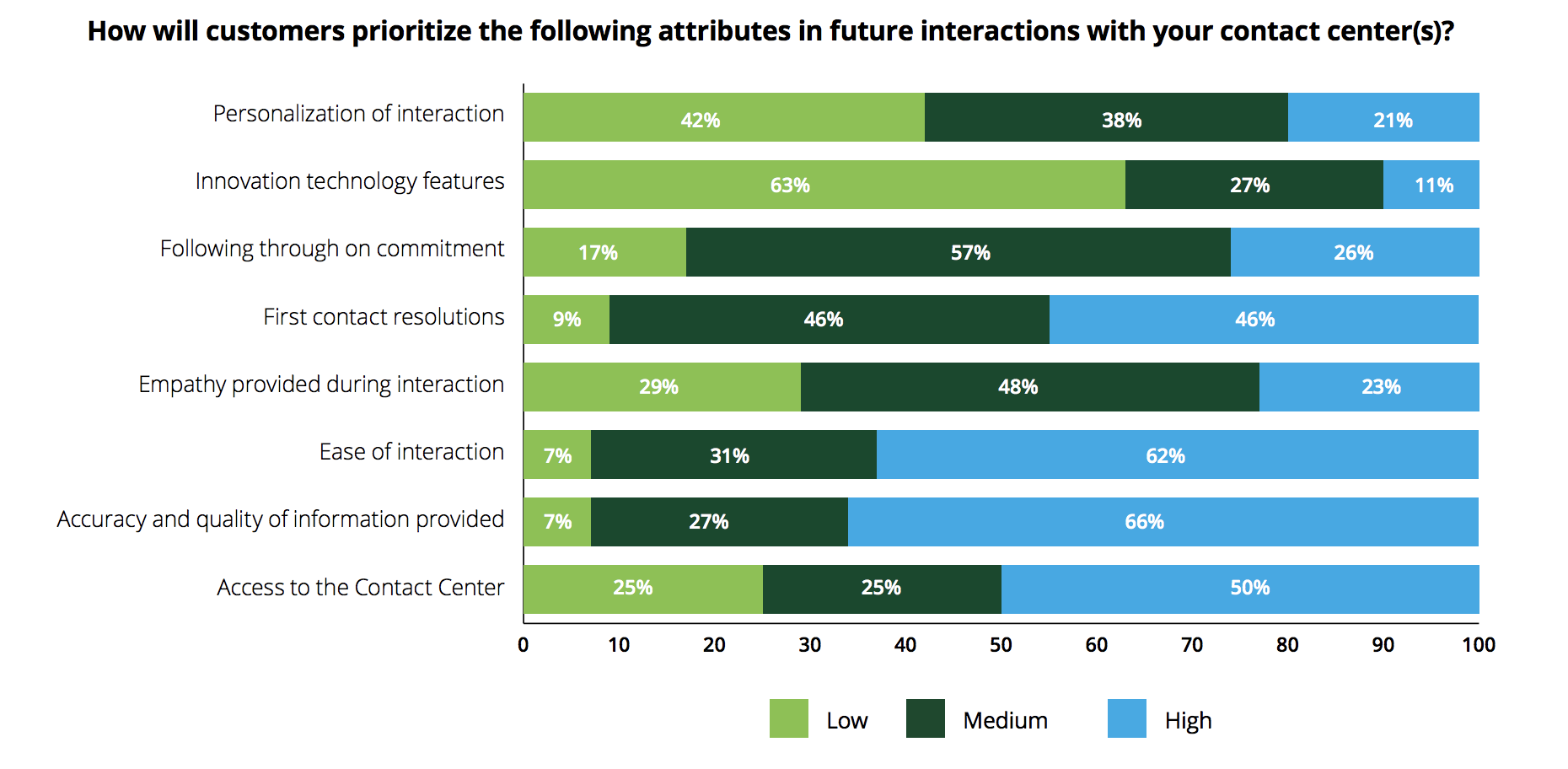Hold the Phone! Customer Care's Digital Tipping Point
“The tipping point is that magic moment when an idea, trend, or social behaviour crosses a threshold, tips, and spreads like wildfire.”
I thought I was the last human being on earth to prefer resolving customer care issues on the phone. Turns out that 64% of contact center interactions are voice-to-voice, according to Deloitte's 2017 Contact Center Survey. Just two years from now, however, contact center executives anticipate that voice will drop to just 47% of customer care interactions. Use of chat will rise from 6% to 16%, social media will increase from 4% to 9%, and SMS/text will rise from 2% to 6%.
Source: Deloitte Global Contact Center Survey 2017
Hang on. Avid followers of the Simmons Sharpe blog (we know you're out there) will recall that a 2016 Sprout Social survey said that social customer care was the preferred channel for almost 35% of folks. So why the big difference between consumers' 35% preference for social, and the 4% that contact center execs are seeing? One thing we've learned: it's hard to turn the corporate Queen Mary. If your company's contact center was built for calls and you've served customers that way for years, your data's going to show most of your customer care is done on the phone. Sometimes for a good 12-18 months or more after smaller competitors have made the switch to whatever the "new way" is.
Digital is clearly on the march in customer care, and astute organizations are already experimenting with newer technologies such as chat bots. Even if the first implementations are imperfect, the learning advantage is priceless. For all the tech, bots, gadgets and gizmos, however, what customers want remains unchanged: accurate answers, fast, with a minimum amount of hassle. Companies implementing chat bots and all manner of tech gizmos better remember one thing: it's gotta be easy to use, and solve the problem the first time.
Deloitte Global Contact Center Survey 2017
What's the upshot of all this useful data? Three things: omnichannel, user experience, and training.
First, it's clear from this data that customers require multiple channels for customer care - old fashioned phone calls will still be almost half of care transactions in 2019. It's crucial to respect that choice, and to follow up in the channel the customer "came in" on.
Second, user experience matters more than ever, as digital channels rise and customers increasingly lack a friendly voice in their ear telling them what to do next. (We'll talk about this more in our next blog post, What We Learned from Hurricane Harvey...or why the insurance industry is ripe for digital transformation. Holy "where's the on button, Batman?").
Third, training. Customer care reps need ongoing training so that they follow the company's brand voice and tone guidelines, and convey the appropriate amount of friendliness and empathy in digital channels. We'd also add tools to that list. Platforms such as Sprout Social or Spredfast can help avoid duplicate effort ("collisions"), track resolutions and escalations, and ensure adherence to corporate guidelines.
Customer care reps are a company's first line of defence and early warning system. From emojis to approved images to personalized signoffs, tools, and situational learning - the key is to arm them well. So is your organization ready for customer care's digital tipping point? Contact us for an assessment today.



